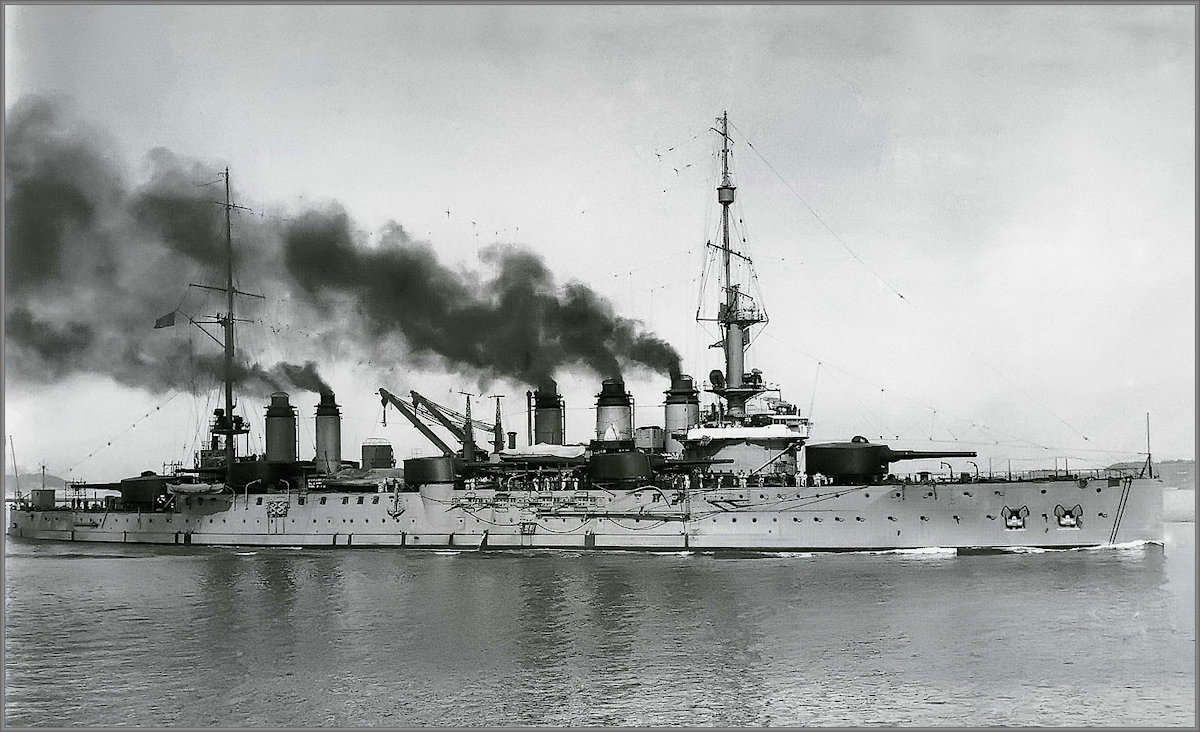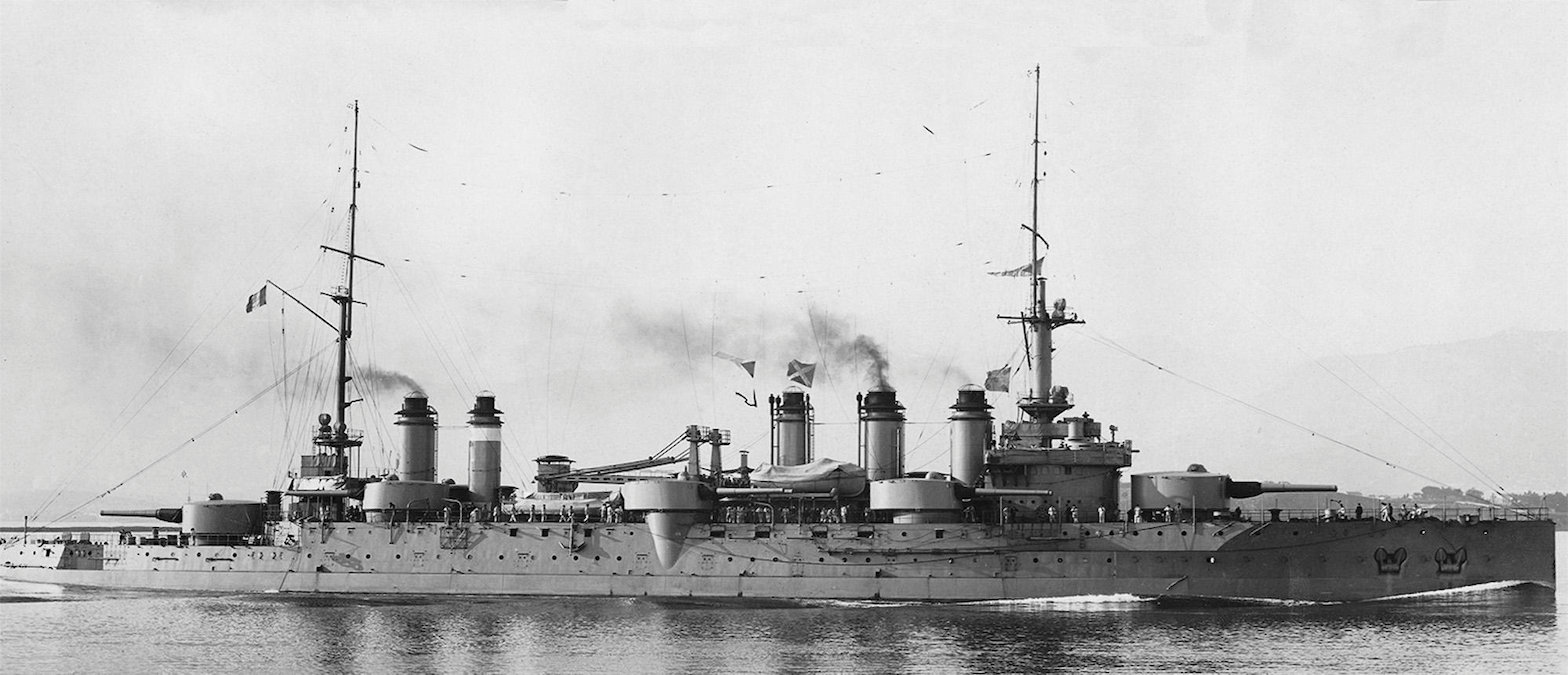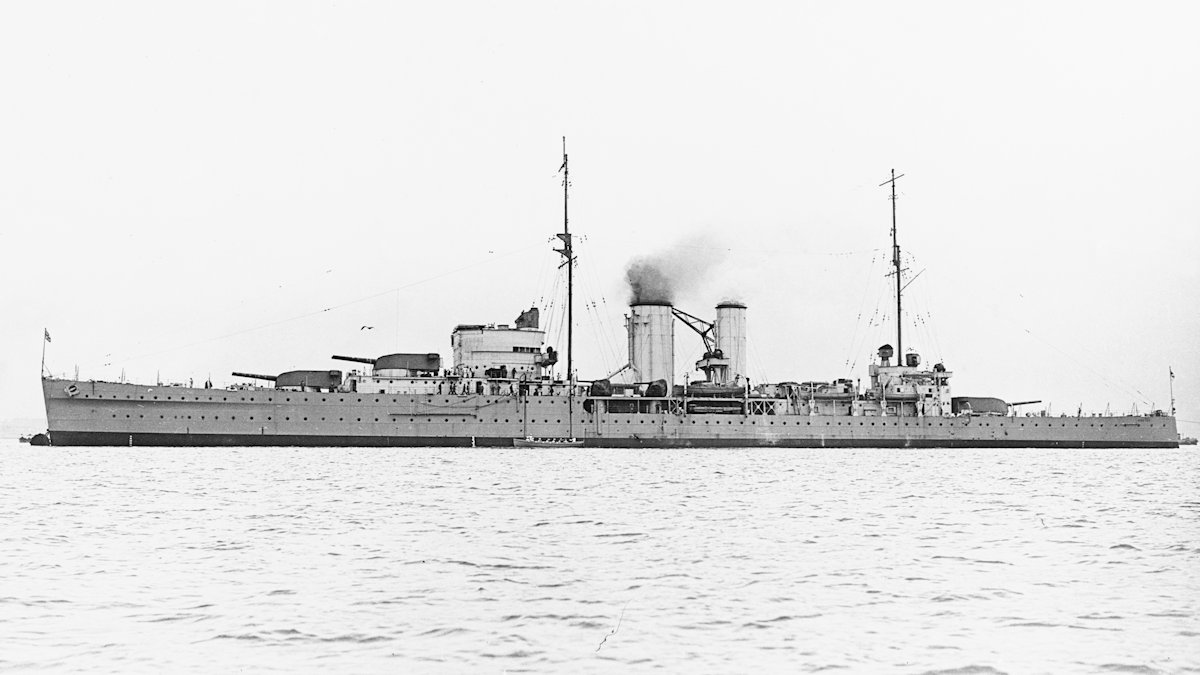Tag: Ship
-
French Battleship Diderot

French Battleship Diderot Diderot was a French semi-dreadnought battleship of the Danton-class. Launched on 19 April 1909, she was commissioned into the Marine Nationale on 1 August 1911. On 16 August 1914, Diderot participated in the Battle of Antivari along with a large Fleet of British and French ships. She participated in the sinking of… Read more
-
French Battleship Danton

French Battleship Danton The lead ship of her class, Danton was a semi-dreadnought of the French Navy. She was launched on 4 July 1909 and commissioned on 1 June 1911. On the outbreak of the First World War, Danton was used to escort troop ships from North Africa to Europe, as the German battle cruiser… Read more
-
British Heavy Cruiser HMS Exeter

British Heavy Cruiser HMS Exeter Launched on 18 July 1929, HMS Exeter was the second and last York-class heavy cruiser built for the Royal Navy. Commissioned on 22 July 1931, she spent the interwar period in the Atlantic, North America and West Indies Station. With the outbreak of World War Two, Exeter was sent to… Read more